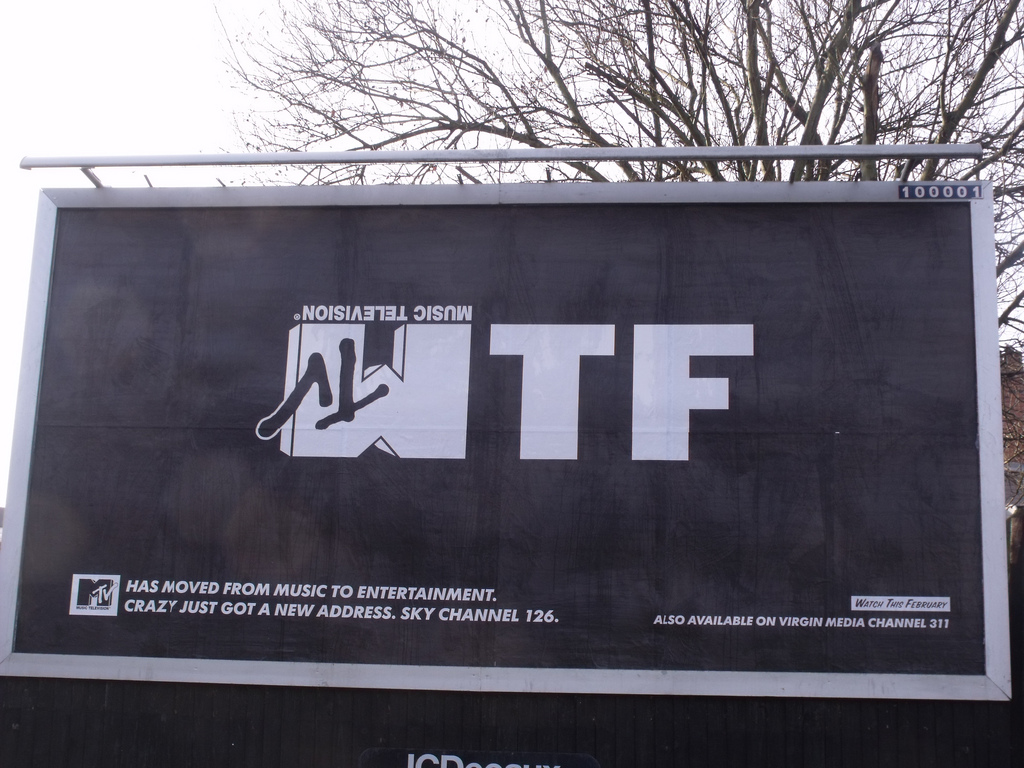Payments
Streamlining the Subscription Economy: Visa’s fresh approach to digital payment management
- Visa unveils its new Subscription Manager solution to simplify the complex landscape of recurring payments in the subscription economy.
- Kathleen Pierce-Gilmore, Visa's global head of Issuing Solutions, provides insights into this innovative tool designed to give cardholders better control over their subscriptions.
Zachary Miller | July 18, 2024
Partner, Payments
Consumers want digital receipts and subscription management. What does this mean for issuers and merchants and banks?
- FIs and merchants need to work on improving post-purchase interactions to build consumer loyalty and save on costs like chargebacks.
- Digital receipts and subscription management are tools merchants and banks can offer their customers to help them stay on top of their finances and also save on operational costs.
Rabab Ahsan | July 17, 2024
Payments
Gen Z is leading adoption of new payments. Here’s how BNPL is being affected.
- Gen Z's payment preferences are influencing retail technology adoption.
- Offering flexible payment options can boost sales and customer loyalty.
Zachary Miller | July 01, 2024
Payments
What’s behind the move to closed loop payments and branded digital wallets
- As merchants look to deepen customer loyalty and bypass payment processing fees, a growing number of brands are launching their own branded consumer wallets and payment solutions
- From coffee shops to retailers and online marketplaces, closed-loop digital wallets enable businesses to facilitate transactions directly with consumers while integrating rewards and incentives.
Zachary Miller | May 29, 2024
Member Exclusive, Payments
[Payments Briefing] How to spot red flags: American Express’ approach to fintech partnerships is like dating
- Strengthening its fintech partnerships enables American Express to expand the reach of Amex cards via its Agile Partnership Platform.
- Amex places a strong emphasis on the payment solutions that potential partners bring to the table, seeking offerings that are not only novel but also rooted in delivering tangible value to customers, regardless of whether they operate in the B2B or B2C space.
Sara Khairi | May 15, 2024










